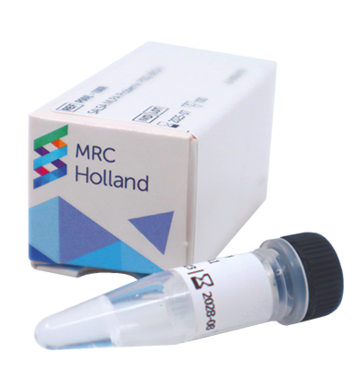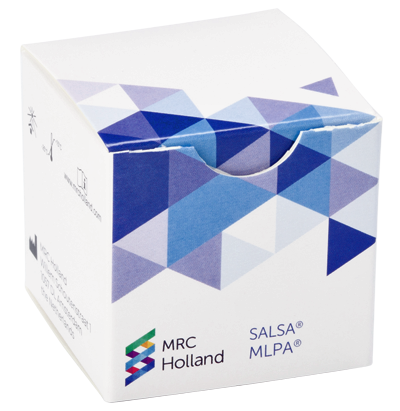P377 Hematologic Malignancies

SALSA MLPA Probemix P377 Hematologic Malignancies detects copy number variations associated with various hematologic malignancies.

Contents: 54 MLPA probes, including 53 probes for the chromosomal regions 2p (MYCN, ALK), 5q (MIR145, EBF1 and MIR146A), 6q, 7p12 (IKZF1), 7q, 8q24 (MYC), 9p (MTAP, CDKN2A, CDKN2B, PAX5), 10q23 (PTEN), 11q22 (ATM), 12p13 (ETV6, CCND2, MDM2), 12q, 13q14 (RB1, MIR15A, DLEU2, DLEU1), 17p13 (TP53), 17q, 18 p/q, 19 p/q and 21q22 (RUNX1). In addition, a probe for JAK2 p.V617F is included.

Tissue: human genomic DNA.

For research use only (RUO). Not for use in diagnostics.

